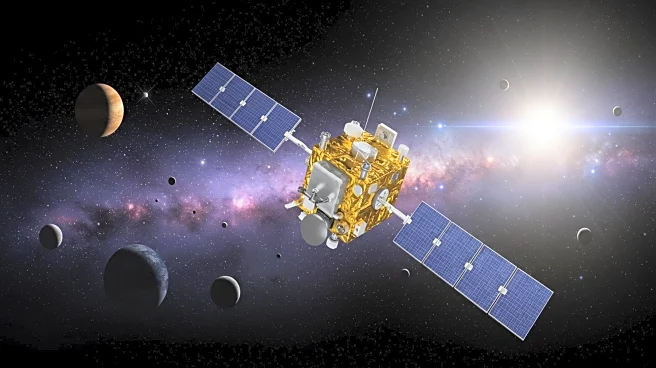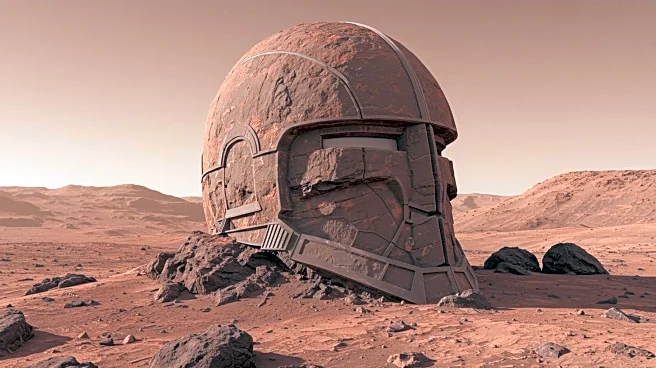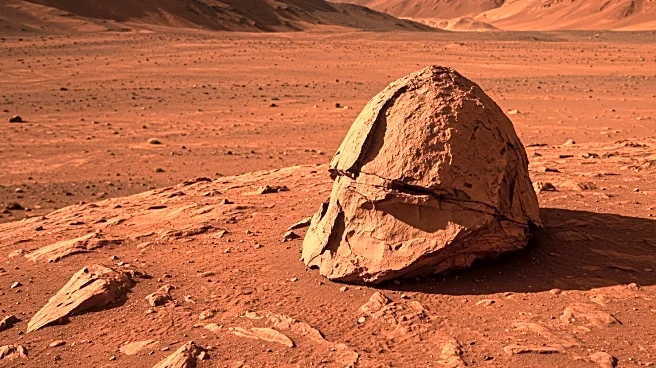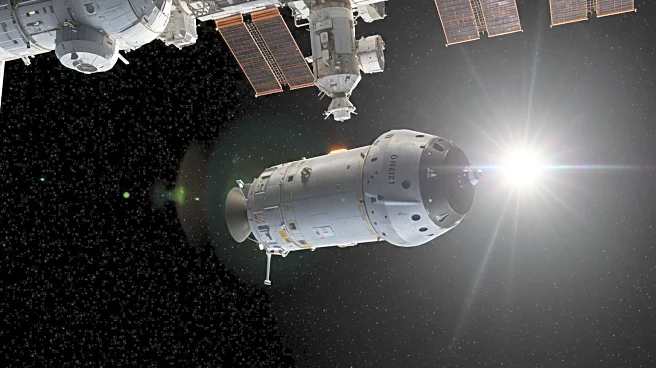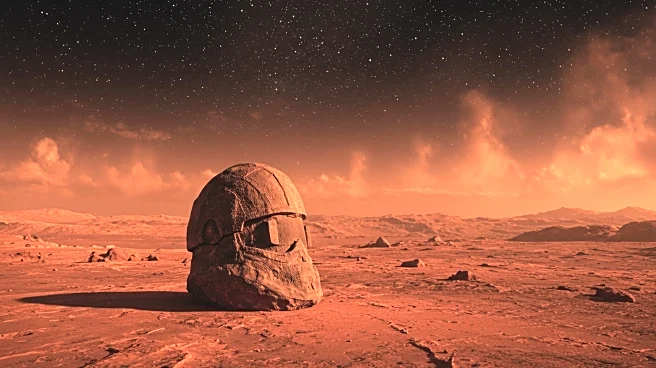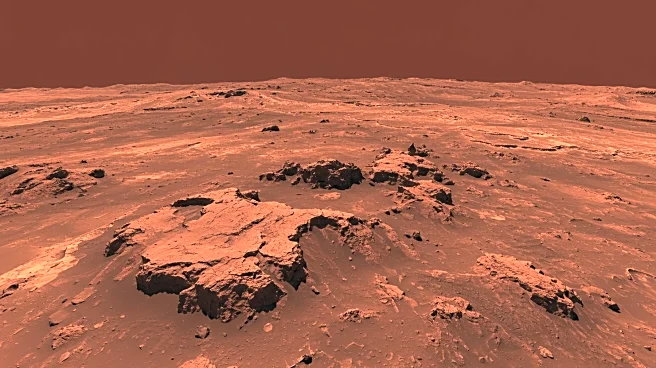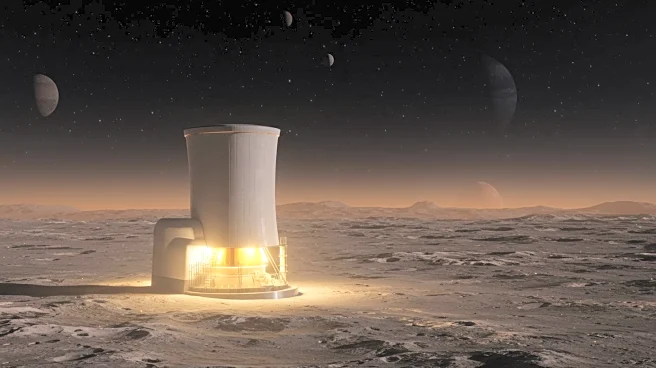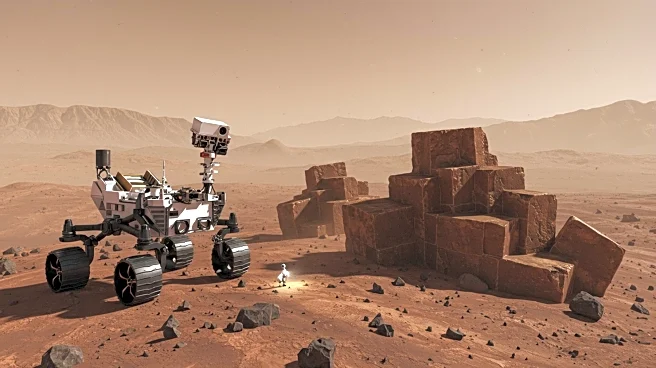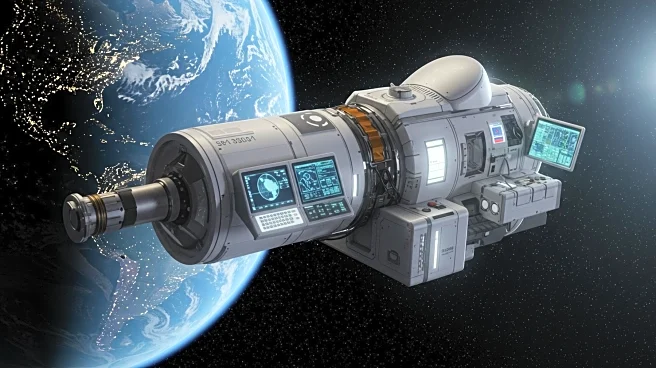What's Happening?
Small satellites, or SmallSats, are being considered as a viable option for planetary science missions in light of budget constraints. Rob Lillis, principal investigator of the ESCAPADE mission, advocates for using SmallSats to achieve more science per dollar, despite the higher risk of mission failure. The administration's budget request proposes a significant cut to NASA's budget, including reductions in the science portfolio. SmallSats have traditionally operated in low Earth orbit, but are increasingly being used for missions to geostationary orbit, the Moon, and Mars. Notable examples include the CAPSTONE mission, which studies navigation technology around the Moon, and the upcoming ESCAPADE mission, which will explore space weather interactions with the Martian atmosphere.
Why It's Important?
The use of SmallSats represents a strategic approach to conducting scientific research in a financially constrained environment. By accepting a higher risk tolerance, NASA can continue to advance planetary science and exploration without exceeding budget limitations. This approach could provide taxpayers with better value for their investment in space exploration. The success of SmallSat missions like CAPSTONE and ESCAPADE could demonstrate the feasibility of using smaller, cost-effective platforms for complex scientific studies, potentially influencing future mission planning and budget allocations.
